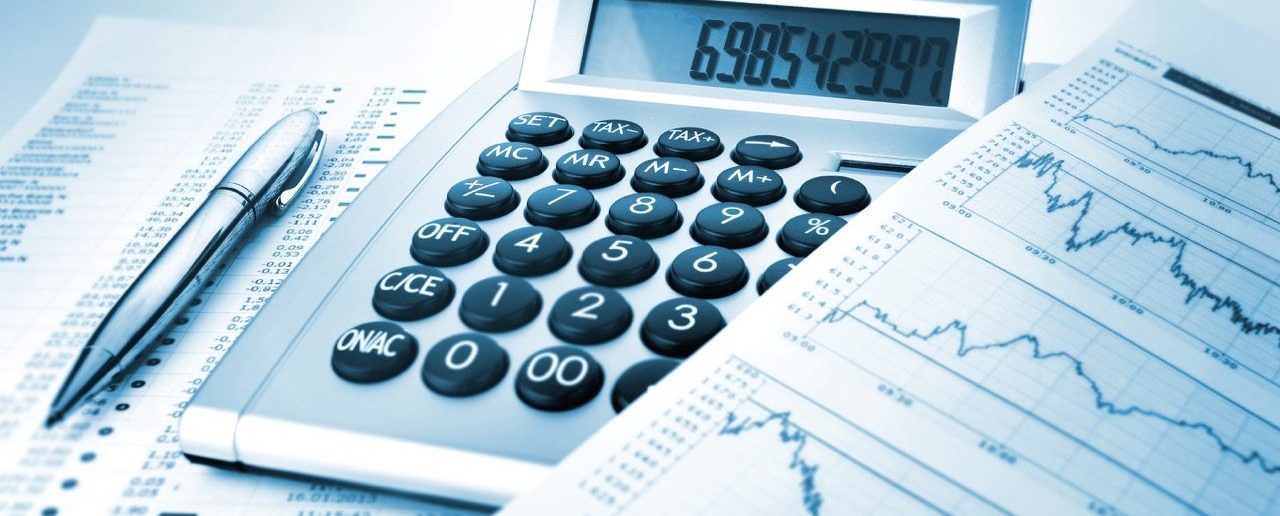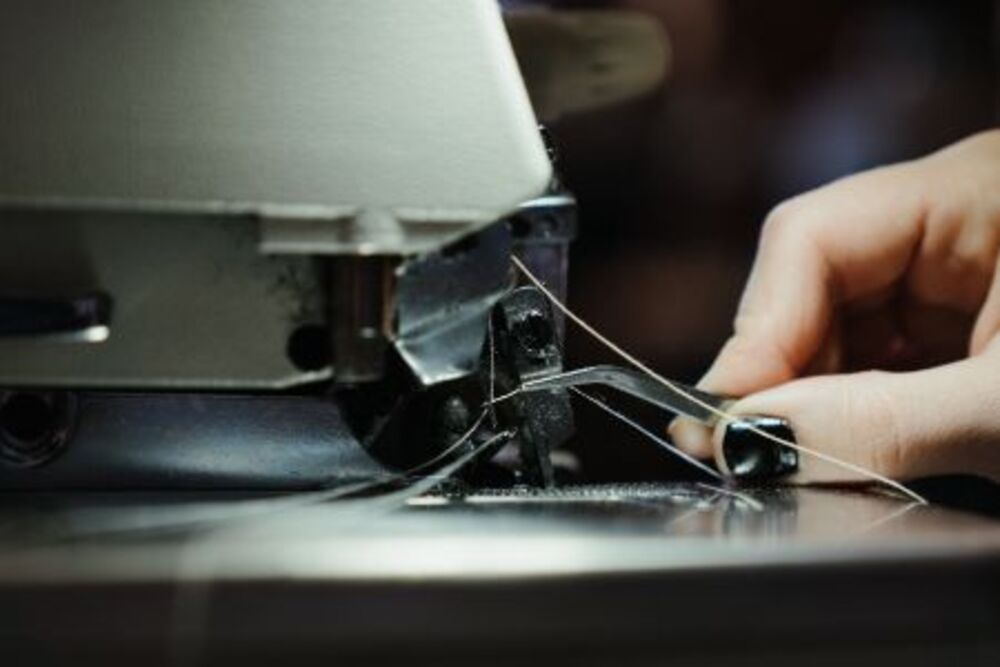When it comes to choosing an embroidery machine, there are various models to consider. Some machines may be best used for hooping readymade clothing items or bags while others can create embroidery designs from externally created files.
Commercial embroidery machines feature multiple heads to quickly embroider high volumes quickly. In addition, these machines boast larger embroidery areas and faster stitching speeds compared to single needle machines.
Single-needle machines
Beginners looking to start embroidery will benefit from investing in a single-needle embroidery machine. These machines resemble sewing machines but can also be used for both sewing and embroidering; their small footprint and easy operation makes them an attractive option. Look out for the best sewing and embroidery machine.
Multi-needle machines are an excellent choice for people who create embroidered merchandise as their livelihood. These machines provide many advantages over single-needle models, including larger embroidery area and faster stitching speed, reduced thread breakage, and an even appearance from stitch to stitch.
Multi-needle machines provide another advantage of multi-needle machines: their ability to adapt to various hooping techniques. For instance, Brother PR1000 machines can be fitted with cylinder frame kits that enable circular designs on items like jeans or pant legs – something home machines cannot accomplish effectively; commercial embroidery requires such functionality for success.
Multi-needle machines
Alternatively, multi-needle embroidery machines offer more precision, speed and efficiency than their single needle counterparts. Furthermore, they’re more capable of embroidering different materials – for instance they can embroider tote bags without needing to take apart and remove pockets beforehand! Furthermore, their more rigid hoop helps ensure fabric won’t tear or fall off during embroidery.
Apart from their efficiency, these machines also allow you to switch thread colors without rethreading the entire machine, saving valuable time during embroidery processes. Furthermore, many models feature built-in memory features which let you finish incomplete designs when you switch back on. This time-saving feature can come in especially handy when making multiple small designs or monograms quickly and efficiently.
Commercial machines
Machine embroidery is an efficient and cost-effective way to decorate clothing and accessories. Digitizing software generates the design for an embroidery machine to stitch onto clothing or accessories; this process results in faster turnaround and is perfect for large orders such as school uniforms or hen do t-shirts.
Commercial embroidery machines can accommodate various formats, with most featuring USB ports that allow for the easy uploading of designs. In some models, colorized touch screens expand your design capabilities further and enable you to zoom in on specific designs.
Commercial embroidery machines typically employ rayon thread, which comes in an assortment of colors and features an attractive sheen. Polyester thread can also be an effective choice due to its resistance against shrinking and fading; both types are readily available at most embroidery stores.
Brands of machines
Choose an embroidery machine that best meets the needs of your business by researching manufacturers and customer satisfaction ratings; also ensure you purchase it from an authorized dealer that offers service and support.
Embroidery machines are computer controlled machines capable of producing intricate patterns on fabric. They utilize a hoop or framing system to secure the embroidery area beneath their needles while stitching a pre-programmed digital design; users can also load new designs via USB.
These machines can add your embroidered logo to clothing, sportswear and workwear without making garments themselves; making it ideal for creating customized apparel such as workwear. Factory or shop environments alike could use such machines – with sizes and price points available across factories, shops and businesses as well as portable models that can easily move between locations.


